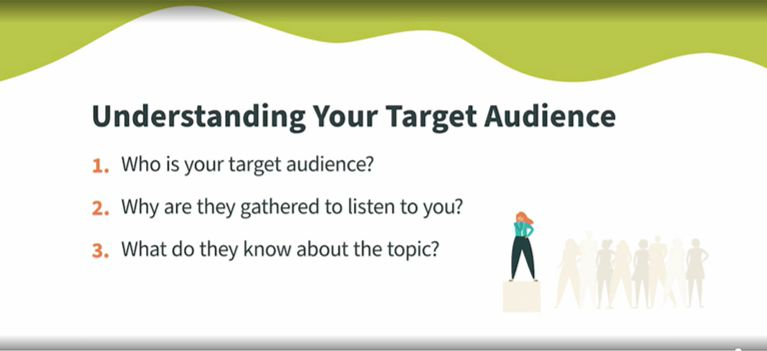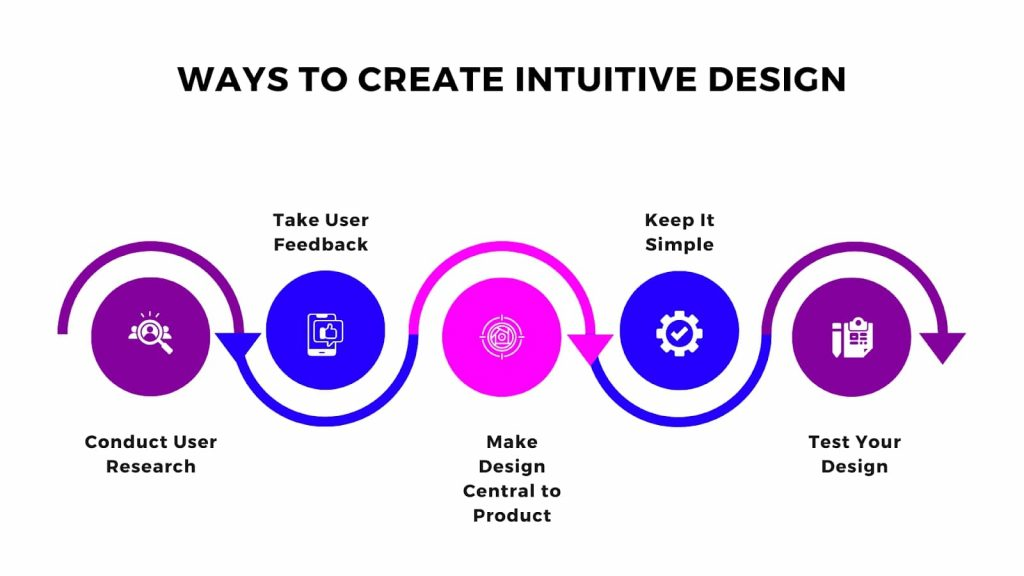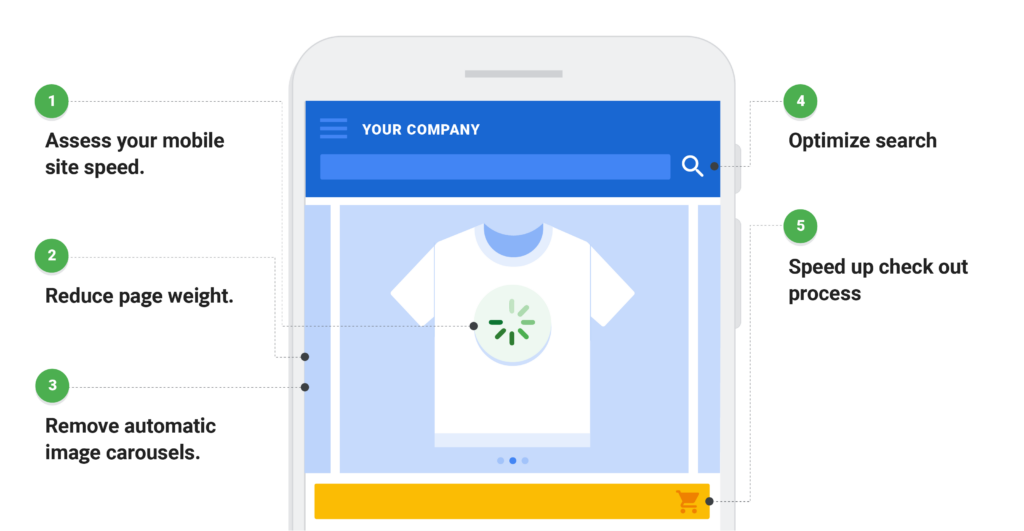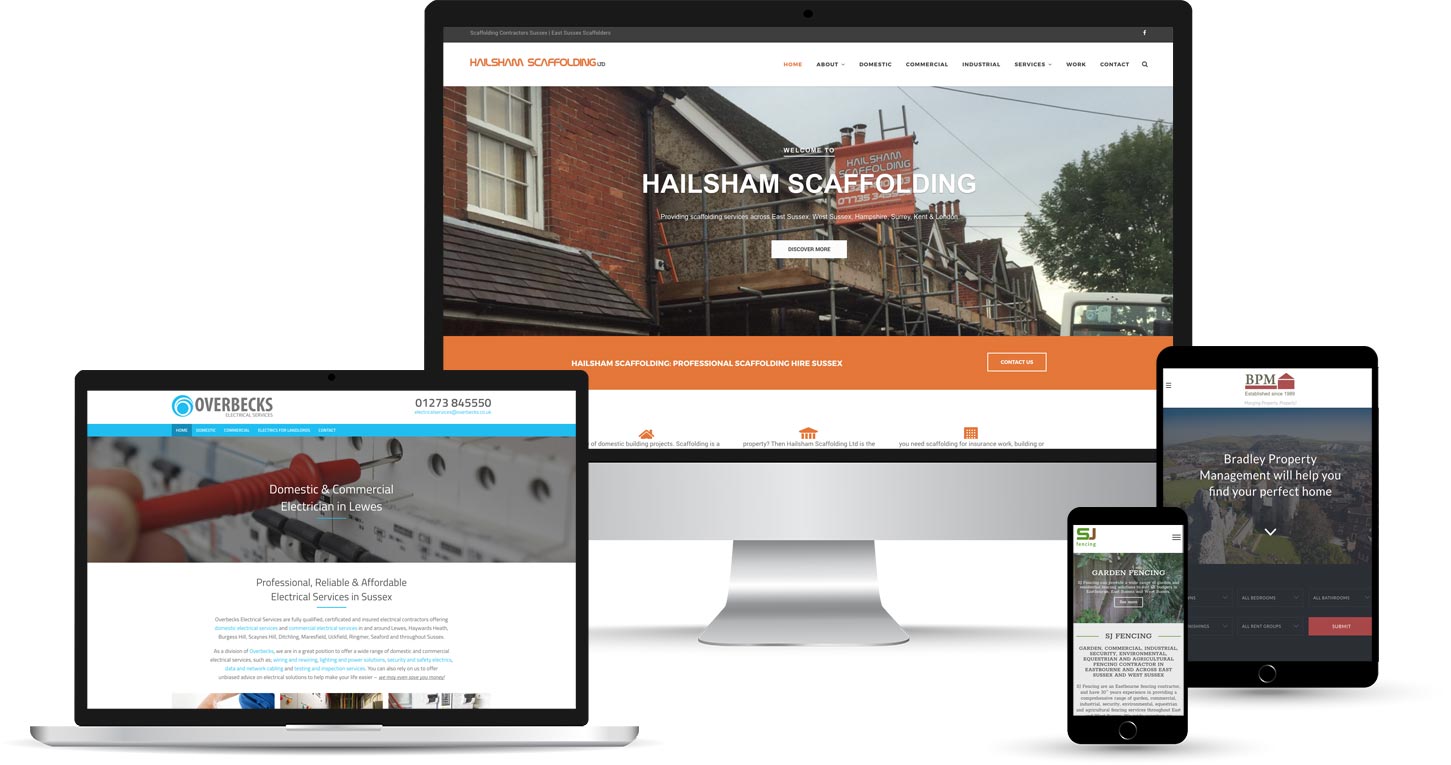In today’s digital age, having a well-designed and user-friendly website is essential for small business website design to thrive and compete in the online marketplace. A small business website serves as the virtual storefront, showcasing products, services, and brand identity to potential customers.
In this article, we will explore the key elements and strategies for effective small business website design that can enhance visibility, engage visitors, and drive conversions.
1. Understand Your Target Audience

Before diving into the design process, it’s crucial to understand your target audience. Who are your potential customers? What are their needs, preferences, and pain points?
Conduct thorough market research and create buyer personas to gain insights into their demographics, behaviors, and motivations. This information will guide you in creating a website that resonates with your audience and delivers a seamless user experience.
By understanding your target audience, you can tailor your website’s design, content, and functionality to meet their expectations. For example, if your target audience is primarily millennials, you may want to incorporate interactive elements and social media integrations to cater to their tech-savvy nature. On the other hand, if your audience consists of older demographics, a clean and straightforward design with clear navigation may be more appropriate.
2. Keep It Simple and Intuitive

A cluttered and confusing website can quickly turn away visitors. Aim for simplicity and intuitive navigation throughout your small business website. Use a clean and modern design with a consistent color scheme and typography that aligns with your brand identity. Ensure that your website’s structure and menu are logical and easy to navigate, allowing visitors to find the information they need effortlessly. Remember, simplicity is vital to keeping users engaged and encouraging them to explore further.
When designing your website, focus on the essentials and prioritize the information that your target audience is most likely seeking. Utilize clear headings, subheadings, and bullet points to break down content and make it easier to digest. Implement a search function to facilitate quick information retrieval and ensure that important pages or sections are easily accessible from the homepage.
3. Mobile Optimization

With the increasing use of smartphones and tablets, optimizing your small business website design for mobile devices is no longer an option, it’s a necessity. The mobile-friendly design ensures that your website displays correctly and functions seamlessly across various screen sizes. Implement responsive design techniques, such as flexible layouts, adjustable images, and touch-friendly navigation. To deliver an optimal experience for mobile users. Mobile optimization also plays a vital role in rankings, as search engines prioritize mobile-friendly websites in their results pages.
Consider the mobile experience from the outset of your website design process. Test your website on different mobile devices to ensure that all elements, including images, text, and forms, are displayed correctly and that the navigation remains intuitive. Avoid using flash-based content. Which is not supported on most mobile devices. Make sure that buttons and links are appropriately sized for easy tapping with a finger.
4. Small Business Website Design by High-Quality Content

Content is the backbone of any successful website. Develop compelling, informative, and relevant content that addresses the needs and interests of your target audience. Incorporate relevant keywords naturally throughout your content to improve search engine visibility. Utilize a mix of written content, images, videos, and infographics to create an engaging and visually appealing experience. Regularly update your website with fresh content to keep visitors coming back and improve your search engine rankings.
When crafting content for your small business website, prioritize quality over quantity. Conduct keyword research to identify relevant keywords for your industry and incorporate them into your website’s meta tags, headers, URLs, and content. However, ensure that the keywords are used naturally and do not compromise the readability or user experience. Focus on providing valuable information that educates and solves problems for your audience.
In addition to written content, visual elements play a crucial role in engaging visitors. Use high-resolution images and videos that showcase your products or services effectively. Infographics can help simplify complex information and make it more visually appealing. Remember to optimize your media files by compressing them without sacrificing quality to ensure fast loading times.
5. Small Business Website Design by Call-to-Action (CTA) Placement

Encourage visitors to take desired actions on your small business website design by strategically placing clear and compelling calls-to-action (CTAs). Whether it’s making a purchase, subscribing to a newsletter, or requesting a quote, make sure your CTAs are prominently displayed and easily clickable. Use contrasting colors and persuasive language to make your CTAs stand out from the rest of the content. Additionally, optimize your CTA buttons for mobile devices to ensure a seamless experience across all platforms.
Consider the user journey and strategically place CTAs at relevant touchpoints throughout your website. For example, include a CTA at the end of a blog post to encourage readers to explore related products or services. On product pages, have prominent “Add to Cart” buttons or “Contact Us” forms. Ensure that your CTAs are concise, action-oriented, and convey a sense of urgency or value.
6. Small Business Website Design by Search Engine Optimization (SEO)

Implementing effective SEO strategies is essential to improve your website’s visibility in search engine results. Conduct keyword research to identify relevant keywords for your business and incorporate them into your website’s meta tags, headers, URLs, and content. Ensure that your website loads quickly, as page speed is a crucial ranking factor. Optimize your images by compressing them without compromising quality and using descriptive alt tags. Create a logical site structure with proper internal linking to improve navigation and crawlability for search engines.
Aside from keyword optimization, there are other crucial aspects of SEO that you should consider. Enhance your website’s loading speed by minimizing unnecessary scripts, optimizing code, and leveraging caching techniques. Implement structured data markup to help search engines understand your content better and display rich snippets in search results. Regularly monitor and analyze your website’s performance using SEO tools and make necessary adjustments to improve rankings.
Conclusion
A well-designed small business website design is a powerful tool for attracting, engaging, and converting potential customers. By understanding your target audience, simplifying the design, optimizing for mobile devices, delivering high-quality content, strategically placing CTAs, and implementing SEO strategies.
You can create an online presence that helps your small business thrive. Invest the time and effort into designing a website that reflects your brand’s personality, addresses user needs, and provides a seamless experience that keeps visitors coming back for more.













